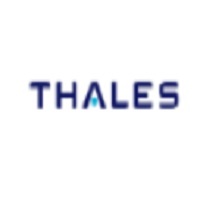
Thales eSecurity
Thales eSecurity is the leader in advanced data security solutions and services, delivering trust wherever information is created, shared or stored. We ensure that company and government data is secure and trusted in any environment – on premise, in the cloud, in data centers and in big data environments – without sacrificing business agility. Security doesn’t just reduce risk, it’s an enabler of the digital initiatives that now permeate our daily lives – digital money, e-identities, healthcare, connected cars and with the internet of things (IoT) even household devices.